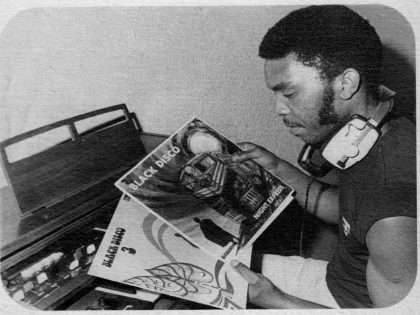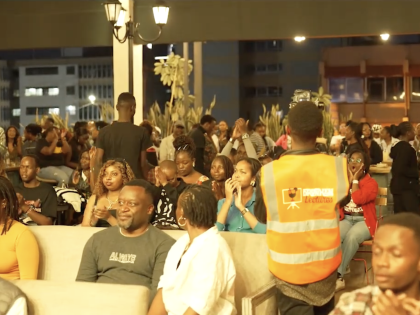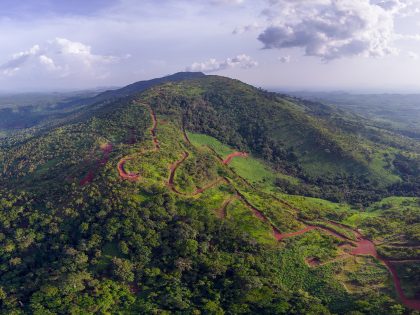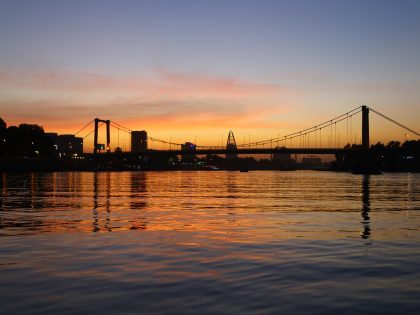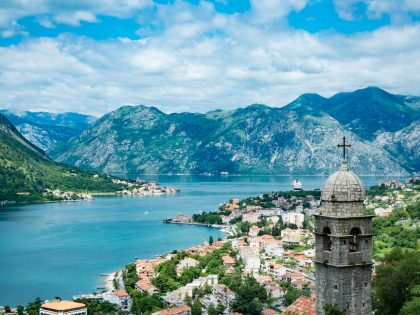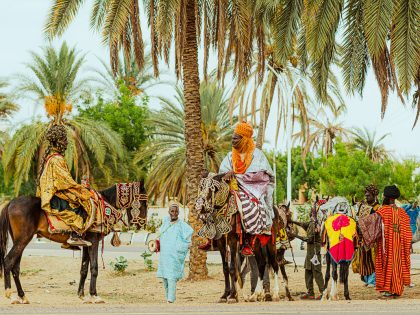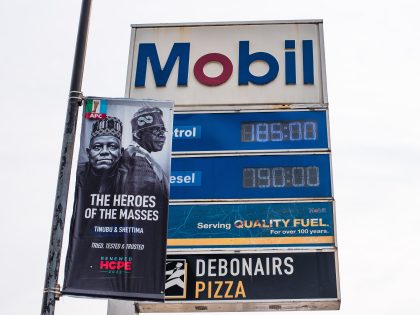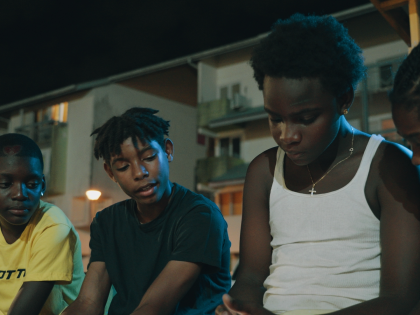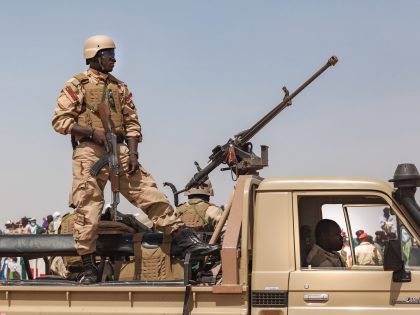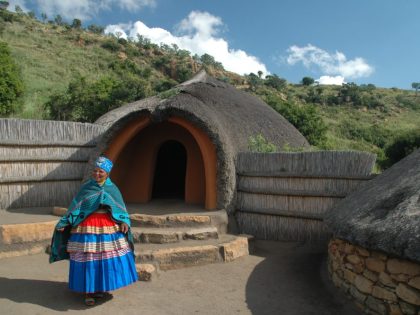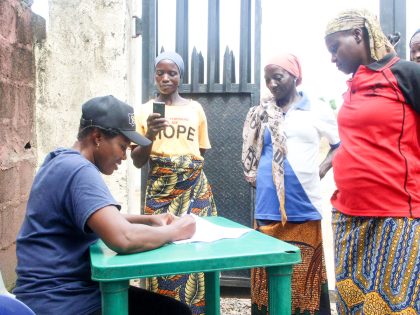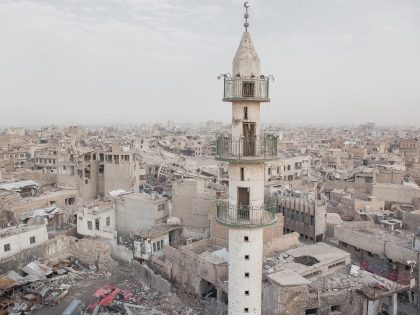Tupac Shakur in Africa
Tupac Shakur's intensity did not just appeal to just young people in the United States, but also on the continent.

Image of Tupac mural in Manenberg, Cape Town. Credit: Per-Anders Pettersson/Getty Images)
In August 1996 the rapper Tupac Shakur was gunned down on a Las Vegas street. The combination of his personality–he was a “gifted storyteller“, had an explosive personality and an intensity that was unrivaled among most pop stars. As Robert Pierre wrote on his blog at The Washington Post: “… Whatever he was doing, he was all in. All in with black nationalism for a while. All in with his love for black women. All in for the West Coast. All in for the Thug Life. All in.”
Tupac, of course, came from a very political family, so he must have understood his impact. (He acknowledged as much in interviews.). And as we know, his intensity did not just appeal to just young people here in the United States, but also on the continent.
As a 2003 Woodrow Wilson Center report on young people in the developing world, notes:
Tupac Shakur is famous across Africa, most particularly among urban youth. His music is as common in many urban neighborhoods as Bob Marley’s once was. His face and poses, pictured on clothing and in murals, are now widely familiar. A popular T-shirt has a black background, showing Tupac (spelled “2Pac”) looking alert, with U.S. dollar signs ringing the collar and his most popular slogan, “All Eyez on Me,” across the bottom. “All Eyez on Me,” indeed—Tupac’s lyrics expressing his alienation, fury, and his conviction that his quest for revenge is thoroughly justified, the police sirens in the background of many of his songs, the belief that he was not really murdered but is still alive (often proclaimed in “Tupac Lives” graffiti), all conjure an image of a defiant, proud antihero, and an inspiration for many of Africa’s young and alienated urbanites.
In a section on young people and war the report’s writers note his impact on young soldiers in Sierra Leone’s late 1990s civil war. There, rebel soldiers adopted Tupac as their “patron saint”:
“The rebels wrote Tupac’s lyrics on the side of their vehicles” during the Freetown invasion, one Sierra Leonean refugee later recalled. “They wrote ‘Death Row,’‘Missing in Action,’ ‘Hit them Up,’ ‘Only God Can Judge,’ and ‘All Eyez on Me’ on them” … the rebels “favored Tupac T-shirts and fancy haircuts”.
This was also the case in the civil wars in the Democratic Republic of Congo and most recently Cote d’Ivoire and Libya. And as Paul Rogers (of LA Weekly) blogs this week, rebels fighting Libyan dictator Muammar Gaddafi’s regime now also take inspiration from Tupak Shakur. One young rebel fighter told a British journalist: “I only listen to 2Pac before going to shoot Gaddafi boys.”
In Cape Town, where I am from, it is not unusual to find Tupac’s face (or that of his last label, Death Row) on wall murals, like the one in the image above: a two-story mural, commissioned by the Hard Livings gang, it is featured prominently on the side of an apartment block in Manenberg, a poor section of Cape Town. And as a 2009 research paper on young awaiting trial prisoners in Cape Town suggest, for many poor young men, Tupac remains the embodiment of manhood. As psychologist Adam Cooper writes in that paper:
Whilst these boys made almost no reference to the history of Apartheid in 25 interviews, the history of Tupac made many appearances:
Roger: “He made history … ja the songs that he sings … killing people … armed robberies … he wasn’t scared for the jail. (he could) Get anything … maybe a lot of girlfriends …”
Dewald: “In his songs he just talks the truth, how his life was. He says, I don’t know if it’s true, he was born in jail … he says that in one song… His mother was pregnant in prison … and he came out in jail. That’s why he says the jail is his house.”
